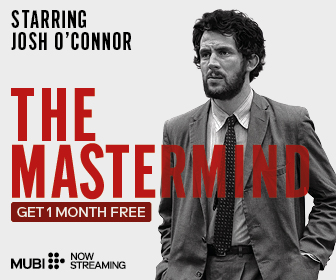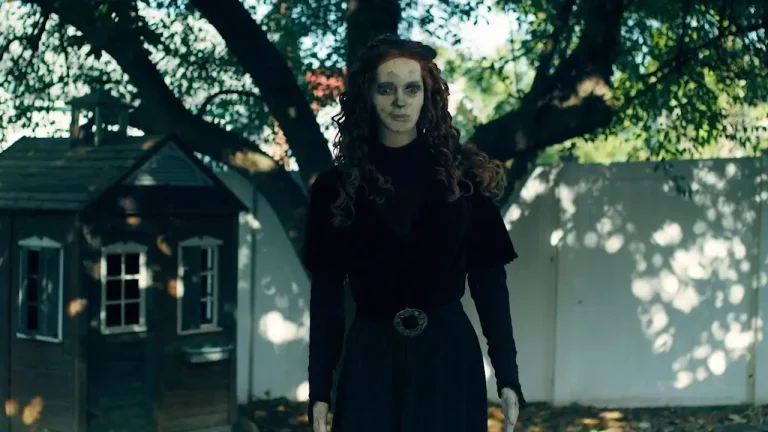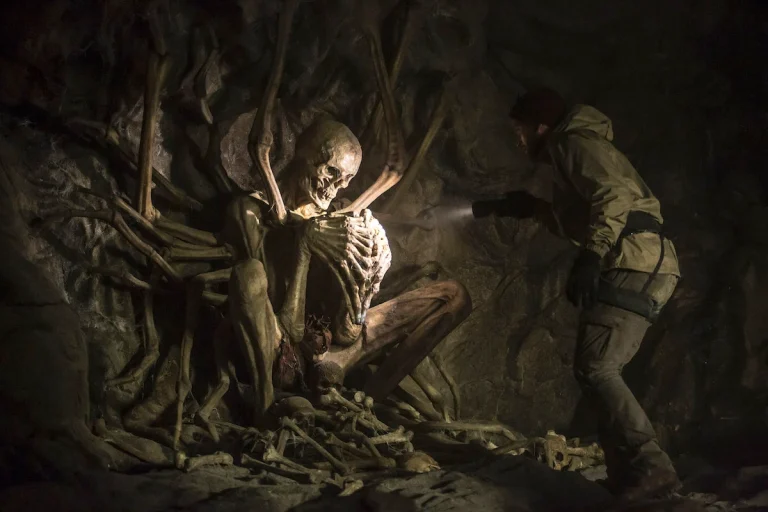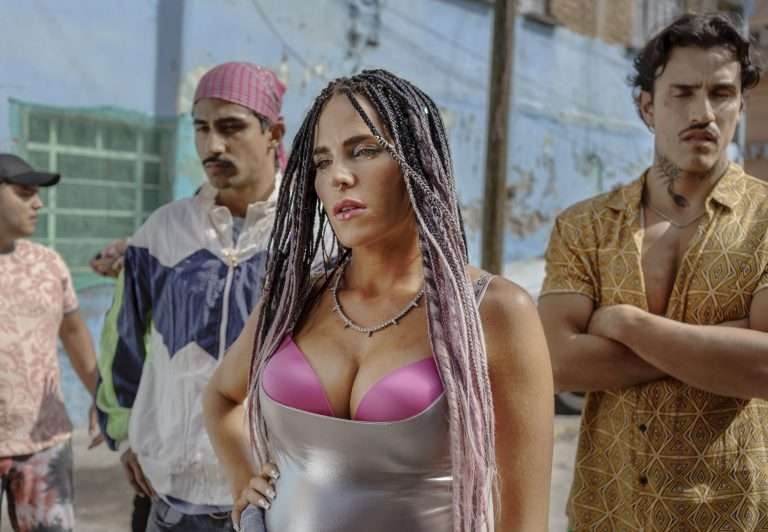Looking back, Dutch filmmaker Anton Corbijn’s “A Most Wanted Man” (2014) stands as one of those glossy Hollywood productions that’s easy to respect, even if only from a distance. An espionage thriller steeped faithfully in its John le Carré–penned 2008 source material, the film assembles a lineup of names associated with a more performative, artful strain of stardom in the past decade. Willem Dafoe, Homayoun Ershadi, and even a pre-breakout Vicky Krieps drift in and out of the narrative’s fringes, adding texture without dominating the frame.
The intent behind the adaptation shows most clearly in the writing. Its turn to realism is not a borrowed trope but an earned commitment, portraying intelligence work not as sleek espionage but as laborious surveillance and manipulation. Hamburg emerges as a condensed stage for the global surveillance state, where the ambition to preempt terror collides with the impossibility of absolute security. The film’s opening reminder—that states often sabotage their own systemic interests—feels fully justified by the straightforward clarity with which the story unfolds.
And yet, as time wears on, the film functions most memorably as a farewell gesture within cinema’s archive. Premiering at Sundance mere weeks before the sudden loss of its brightest star, it ultimately endures as a showcase for Philip Seymour Hoffman. Whether in his subdued admiration for Rachel McAdams’s Annabel Richter, his wry declaration of “taste” toward Nina Hoss’s Irna Frey, or his attempt to outdrink Robin Wright’s steely Sullivan, Hoffman shades the heroism of Bachmann with grit, weariness, and an intellect that undercuts any romanticism.
Remove this central performance, though, and what remains is largely standard genre fare, anchored to competent but uninspired writing. Andrew Bovell’s otherwise careful script falters in sustaining its politics with sharpness, leaving behind a thriller that too often slips into tedium. Its sensibility leans on the inherited precision of adaptation, while its strongest character work exists almost entirely because the right lead was chosen. What follows is an account of the film’s fundamental narrative.
Unveiling the Top 15 Spy TV Series to Stream on OTT Right Now
A Most Wanted Man (2014) Plot Summary & Movie Synopsis:
The film opens with on-screen text explaining how the planning for the 9/11 attacks in Hamburg went undetected by intelligence and security systems, affected by intense inter-agency rivalry. Issa Karpov, a political refugee from Chechnya tortured by Russian security forces, illegally enters Hamburg, Germany.
What is Günther Bachmann’s unit tasked with?
Günther Bachmann heads a covert German government unit tasked with recruiting local informants linked to Islamic terrorist networks. The disheveled Günther stands in sharp contrast to his precise and efficient deputy, Irna Frey. Soon, the team learns of Karpov’s arrival and his suspected ties to Chechen extremists.
Who else is the team monitoring?

Bachmann’s team is also monitoring Dr. Abdullah, a respected Muslim philanthropist believed to divert a fraction of his legitimate funds to al-Qaeda, though no proof exists. Their operation draws the attention of German security official Mohr and American diplomatic attaché Sullivan, both of whom are eager to become involved.
What is Bachmann’s strategy?
Unlike Mohr and Sullivan, who focus narrowly on capturing suspects regardless of consequence, Bachmann prefers surveillance and carefully “turning” informants up the chain, protecting those unwittingly caught in darker dealings. His mistrust of politicians and U.S. intelligence is shaped by a past failure in Beirut, which left him scarred and damaged his career. Despite his weary, self-neglectful appearance, he is a sharp operative who knows his trade and the terrain of Islamist terrorism.
What does Karpov ask Annabel Richter for?
Karpov seeks out immigration lawyer Annabel Richter, who connects him with Tommy Brue, a wealthy banker. Years earlier, Brue’s father had done a favor for Karpov’s father, whom Karpov despises for having Chechen blood on his hands. Karpov produces a letter from Brue’s father, along with the key to a safe deposit box, and pleads for Brue’s help.
What is Karpov’s history with the money?
The favor, it emerges, was money laundering. Karpov is revealed to be the legal heir to a multimillion-euro account long frozen in Brue’s bank. Deeply tied to his mother’s Chechen and Muslim identity, he considers the money tainted and rejects it.
A Most Wanted Man (2014) Movie Ending Explained:
How is the operation’s plan foiled?
Bachmann’s team persuades both Brue and Richter to cooperate. On Bachmann’s request, Richter convinces Karpov to channel the funds into Abdullah’s charitable organization, anticipating that Abdullah will reroute some of it to a shipping front for al-Qaeda. With this evidence, Bachmann hopes to pressure Abdullah into becoming an informant, thereby exposing bigger players in the network. The interior minister approves the plan, while Sullivan presents herself as Bachmann’s ally. Bachmann, in turn, secures asylum for Karpov.
At Brue’s bank, Abdullah transfers the money and confirms his link to the shipping company. Bachmann, disguised as a taxi driver, collects Abdullah to quietly recruit him without disrupting his family or public standing. But before Bachmann can act, his operation is crushed—Mohr and Sullivan’s agents ambush him, seizing both Abdullah and Karpov. As they are hauled away in handcuffs, Bachmann explodes in rage while Frey, Richter, and Brue watch in shock. He drives off, furious and betrayed, yet clinging to his trademark, battered resolve.








